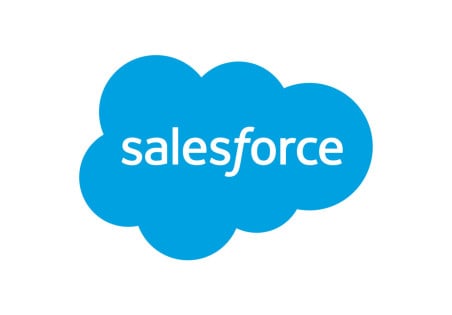


Here are the best practices for integrating Salesforce with nonprofit fundraising campaigns to ensure success and sustainability.
Fundraising is at the heart of many nonprofit organizations, serving as the primary method for securing the resources needed to support their mission. As nonprofits scale their efforts, maintaining an efficient and effective fundraising process becomes paramount. One of the most powerful tools available for nonprofits to streamline and optimize their fundraising activities is Salesforce.
Salesforce, widely known for its robust customer relationship management (CRM) capabilities, offers a powerful suite of tools that can help nonprofits maximize their fundraising potential. When integrated effectively with nonprofit fundraising campaigns, Salesforce not only helps manage donor relationships but also empowers teams to create data-driven strategies, automate time-consuming tasks, and track campaign success with greater precision.
Before diving into integration, it’s essential to define clear objectives for your fundraising campaigns. Understanding your campaign’s goals—whether it’s donor acquisition, retention, or a specific project—will provide the framework necessary for configuring Salesforce to support those efforts.
For example, if your goal is to increase recurring donations, your Salesforce setup can prioritize donor engagement strategies like automated reminders, personalized thank-you notes, and regular progress updates on fundraising initiatives. Similarly, for a one-time capital campaign, Salesforce can track major gifts, create reporting dashboards, and manage donor relationships to encourage large donations.
Salesforce for Nonprofit implementation provides an ecosystem specifically designed to help nonprofits raise funds more efficiently. One of its most powerful features is automation. By integrating your fundraising campaigns with Salesforce’s automation tools, you can streamline many manual tasks such as sending personalized emails, managing donation receipts, or assigning tasks to team members.
For instance, automating donation acknowledgment emails immediately after a contribution is made not only saves valuable time but also helps build positive relationships with donors. Additionally, Salesforce can track donor behavior and engagement, allowing for more targeted communication and segmentation based on donation history and interaction frequency.
An important part of any fundraising campaign is making it easy for donors to give. By integrating your donation forms with Salesforce, you can ensure that every online donation is automatically captured in your CRM system. Salesforce integrates with many popular fundraising platforms such as Classy, Donorbox, or Network for Good, ensuring smooth data flow between donation transactions and donor profiles.
Through this integration, donor information is automatically added to Salesforce, reducing the need for manual entry and eliminating the possibility of errors. This provides real-time data on fundraising progress, enabling campaign managers to make informed decisions while the campaign is still active.
Salesforce allows you to create detailed profiles for each donor, which you can use to segment your donors based on specific criteria such as giving history, preferred donation methods, location, and interests. This segmentation capability is incredibly useful when planning targeted fundraising campaigns.
For example, you might want to create tailored communications for first-time donors versus recurring supporters. With Salesforce, you can automate these segmented communications, ensuring that each donor receives messaging that resonates with them personally. As a result, you increase the likelihood of higher engagement and more donations.
Salesforce’s powerful reporting tools are essential for tracking the success of fundraising campaigns. By integrating your campaign data with Salesforce’s reporting features, you can access real-time analytics to evaluate donor participation, track the progress of fundraising goals, and identify areas for improvement.
For instance, Salesforce can generate dashboards that show detailed insights into donor trends, campaign performance, and even forecast future donations. This allows campaign managers to make data-driven decisions, such as adjusting messaging, extending campaign deadlines, or identifying high-performing donor segments.
Fundraising doesn’t end once a donation is received. Stewardship is critical for building long-term relationships with your donors. Salesforce helps organizations manage donor stewardship by tracking communication history, scheduling follow-up interactions, and maintaining personalized engagement.
You can create automated workflows that send tailored thank-you messages, invite donors to exclusive events, or provide them with updates on how their donations are making an impact. Salesforce allows nonprofits to stay connected with donors across multiple touchpoints, helping to cultivate a sense of loyalty and ongoing support.
Integrating Salesforce into your nonprofit’s fundraising campaigns can significantly enhance efficiency, engagement, and performance. By leveraging Salesforce’s tools for automation, data management, donor segmentation, and analytics, nonprofits can create smarter, more targeted campaigns that drive higher levels of giving.
